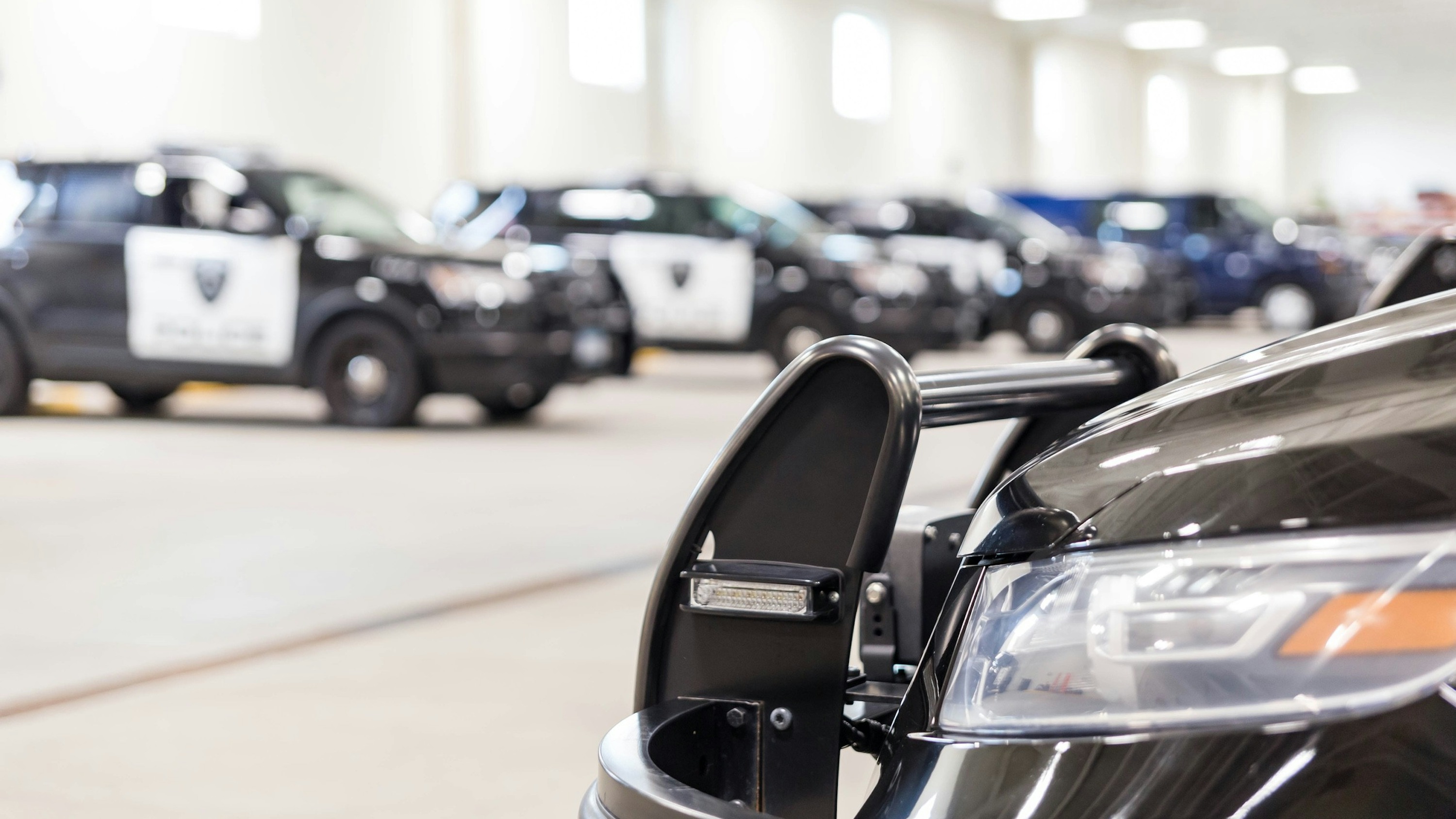
The MCPA reached out to our private sector partners to create a brief guide for chiefs going through a facility renovation or rebuild. Wold Architects and Engineers’s, John McNamara, and Kraus Anderson Construction’s, Jesse Fiskewold, highlighted several examples from Burnsville PD’s current project for law enforcement leaders.
With a steadily rising population, growing force and changing community needs, discussions to renovate the Burnsville Police Department’s building started back in 2008. The recession delayed those plans. By 2015, with a space needs study completed, construction planning quickly ramped up.
Hiring the right architect and engineering firm was critical says Chief Eric Gieseke. “Wold walked our agency through everything from the design to the politics of building community and council support.”
“Make sure everyone is taking a step back and looking at the needs,” says John McNamara, with Wold Architects and Engineers. “What’s going on currently that is hampering the agency?”
Use this fact-based analysis to start building your case to council and the community. For example, mid-century buildings or older were constructed for a different type of policing mission. “Some police stations were built like bunkers. They were not designed to be friendly to the public,” says McNamara. “Lobbies are small and present huge barriers to entry. In some facilities, the public may even have to go down stairs and could mix with possible suspects.”
Community engagement is at the heart of many modern, police agency, construction projects. The public must feel welcome to come in and report what’s going on. Today’s designs feature larger, open lobbies with better seating and showcase historical elements of the PD, its mission, and the community. This can be done without compromising safety by burying ballistic material behind the drywall. Swapping the old speak-through holes with overlapping ballistic glass allows for better dialogue.
Also consider the equipment changes. Locker rooms need to accommodate more equipment and tactical gear. IT areas have body-worn camera docking stations. Evidence storage has also evolved, taking up more space to more efficiently store, track, analyze, and segregate items. Some of these upgraded security measures are going to increase construction costs per square foot versus a conventional public facility, cautions Jesse Fiskewold, Kraus Anderson’s construction supervisor on the Burnsville PD renovations.
As you’re thinking through these needs and considerations, Chiefs must coordinate with supportive council members, providing them information to effectively advocate for the PD’s project among colleagues and constituents. Include your staff in the preplanning and elicit feedback for maximum functionality. Pay special attention to night-shift, dog-watch, and tactical teams, as they have unique needs daytime building users might not.
“Our staff has the institutional knowledge and intangible wisdom that comes from being on their respective front lines every day,” says Chief Gieseke. “It’s been critical communicating these needs and ensuring the construction team is meeting these functional uses as the project rolls on.”
Staff feedback helps chiefs consider one of the biggest elements they don’t tend to account for: staff diversity, says McNamara. What’s the right balance for male to female in building locker space? How do you balance privacy with the informal de-briefs, especially in tactical units, that take place in the locker rooms? This also plays into building common space for networking and comradery. Consider an outdoor patio space or fitness center, which also accommodates an agency’s wellness goals.
Burnsville had about two years of these discussions before the June 6, 2017 groundbreaking on its nearly 10,000 square foot building expansion. (It’s also adding a 31-stall garage, bringing the overall facility to nearly 47,000 square feet.) During the transition, there are many other factors to consider, such as keeping patrols going. For example, the Brooklyn Park Police Department collaborated with Brooklyn Center for holding cells and pushed patrols to a satellite station. Coordinate with fire and public works as they have big garages, locker and meeting rooms that could possibly be shared during construction.
Once construction starts make sure someone from the PD’s team is in daily communication with the construction team warns Kraus Anderson’s Fiskwold. “Be up front and honest. Constantly check to ensure things look as how you envisioned them, “he says. “Preferences will change once you see how the drawing looks in real life.”
And this being Minnesota, be mindful of weather and manage expectations, especially until the exterior is complete.
Read the full article in Minnesota Police Chief Magazine here.